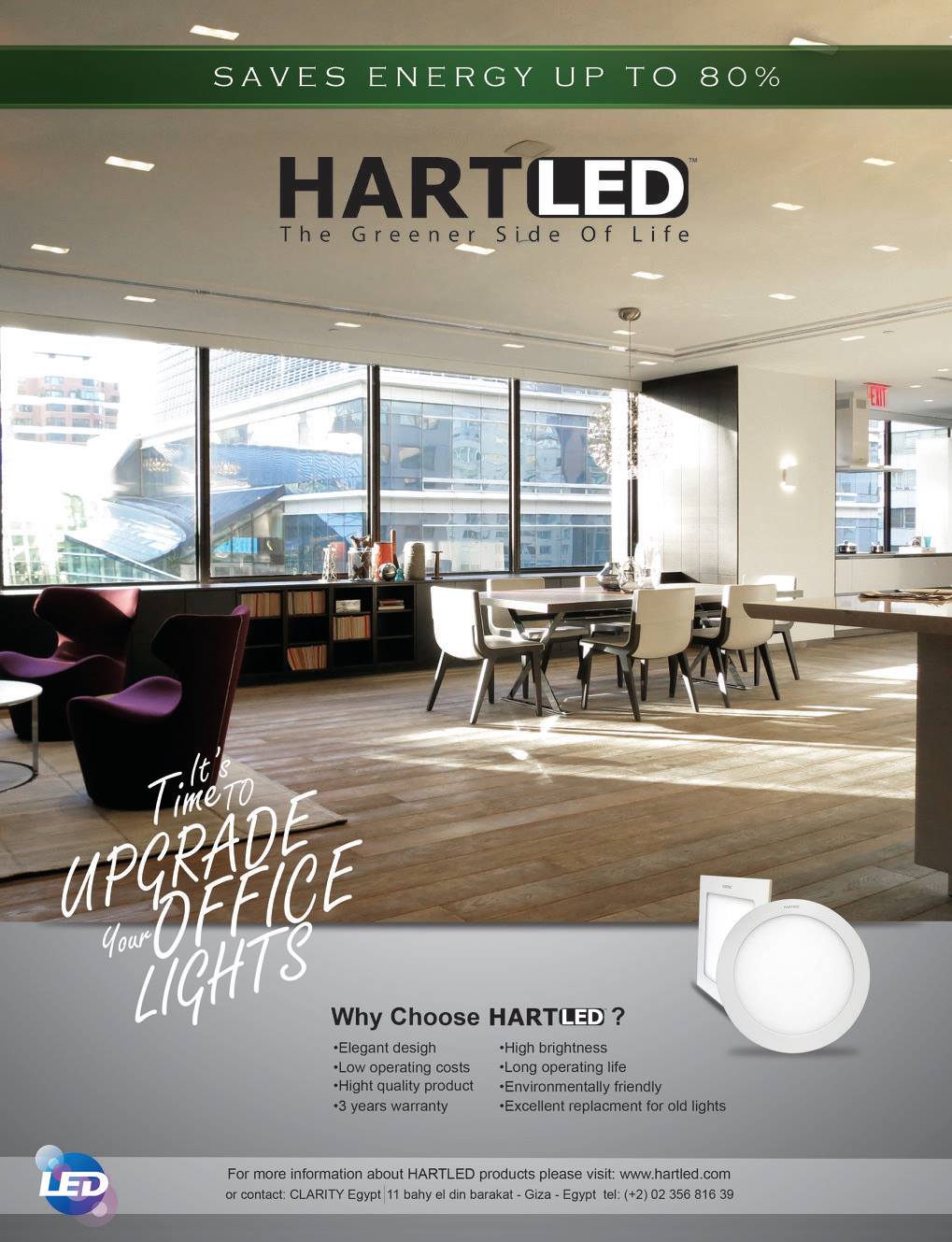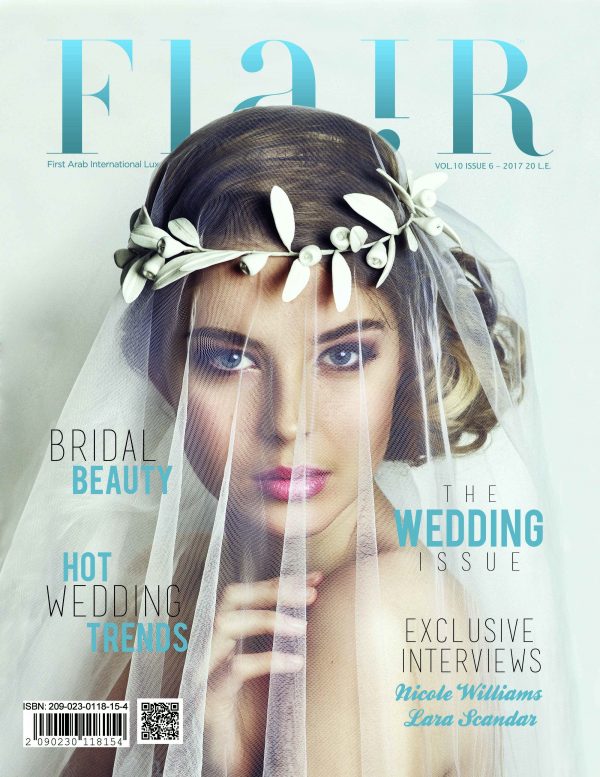Luxurious, witty, and oh-so-British, the architectural-design studio
Waldo Works, is the epitome of “design with a twist.” Translating brand identity into engaging design perceptions, the studio is truly dynamic, with a professional eye for details. In this Flair exclusive, Hend Seif El Din interviews Tom Bartlett, the genius–and founder–of Waldo Works, taking you behind the scenes, and giving you a private tour of Waldo’s wonderful world of design.
By Hend Seif El Din
![]() How did Waldo Works start?
How did Waldo Works start?
I was invited by Garrard – the Crown Jeweler – to redesign their London flagship when I completed my studies at The Bartlett. This paved the way for the founding of the architectural-design studio Waldo Works; subsequently we worked on the international rollout of all Garrard stores.
How would you describe Waldo Works?
We are a London based architectural-design studio. Over the last decade, we have become known for our modern British design combined with a sense of wit, and for translating the identity of luxury brands. With the collective experience of founder Tom Bartlett and partners Sasha von Meister and Andrew Treverton, the studio creates engaging design concepts and livable environments.
Which types of projects do you usually “opt” for, and why?
We like to work on residential as well as commercial projects where we feel a connection with the building and the client, and where we can translate a narrative and expression of someone’s life or a brand identity into beautiful, functional, witty interiors.
With projects, like the Smythson flagship store in London, how do you manage to revamp the space, yet stay true to its heritage?
We look at a brand’s identity and consider how to translate that into 360-degree experience. Smythson is still true to its heritage but has its feet firmly in the modern world. Our concept and design pays homage to the great London houses lost in the war whilst incorporating a humorous take on “Britishness.” The grayscale coloring for example represents a thick London sky and a nod towards the black houses of Mayfair, which disguised the dirt of pre-war London.
Just out of curiosity…why “Waldo”?
My family has always called their businesses after the houses in which they lived. When I started Waldo Works I was building my own house in London – occupying a former make-up compact factory. The factory was called ‘Waldo Works’. I still live there.
Which types of projects do you enjoy working on most, and why?
We enjoy working on projects that allow us to fully express an individual or brands personality. We have moved people from bachelor flats to family homes, from family homes to pied-à-terres and brands from heritage to a contemporary outlook or back again. I think when you give people or brands a ‘home’ that perfectly expresses their philosophy – these are the most satisfying moments.
![]()
Out of your numerous projects, which is closest to your heart, and why?
The ones we are currently working on at the moment as we get so fully immersed in each project and client and in developing a world around them, but we have a soft spot for certain clients. There are some German clients we are working with at the moment who have the most astoundingly perfect manners, we particularly love them.
Could you briefly take me through your creative/design process?
We start with listening to the client to understand what they want from the finished project then present an overall ‘big idea’ concept that will shape the whole experience before placing down design details and selecting materials and finishes.
I notice your design of the Smythson store is very artistic; numerous elements are at play. How do you view art in terms of design?
I would hope that we have provided Smythson with a backdrop that is commercial, that essentially helps them grow their business. However I am pleased with the careful integration of a sense of history and heritage that was so important to them, without relying on pastiche or fakery. The design is resolutely contemporary but the feel is less so. I think there is a subtlety of message in the design because of this, which can sometimes be hard to achieve. As we progress as a practice, I think our work is exploring the greyer areas between concepts and I hope that we continue on this path.
Please complete this sentence for me: Waldo Works is the epitome of…
… modern British design with a playful edge
![]() Many of your designs are very innovative and rather daring, is that something Waldo Works aims to achieve?
Many of your designs are very innovative and rather daring, is that something Waldo Works aims to achieve?
We think it’s important to have a seamless flow between the architecture of the building, the interior concept, the materials, and finishes chosen and details. The design is key; it has to be functional but it also has to be fun.
How would you classify your style when it comes to interior designing?
Waldo Works definitely has more of a design approach rather than a particular ‘house’ style.
What inspires you?
Designers take inspiration from everything around them – from art, literature, fashion, to other architects and designers – as well the identity of the clients themselves.
Selfridges Personal Shopping, for example, is retail space with no product so we had to create a character. Alannah Weston gave us a fantastic brief on who the Personal Shopping customer is: from princesses to pop stars and company heads who come in and buy their full wardrobe in one go. Our inspiration for redesign came directly from the Selfridges Woman: glamorous, headstrong, and individual. Taking this essence, we set about creating a kind of members-only club for the central space, whilst injecting individuality into the suites for which we were inspired by female icons of the Twentieth century. From Tamara de Lempicka, the 1920s siren, to Grace Jones, we wanted to use women who epitomise the spirit of the brand – staying true to the heritage and brand value of Selfridges.
What does Waldo Works aim to achieve when it comes to design?
We want to package company’s–or people’s–lives beautifully.
What would you say is your signature style when it comes to interiors?
I would hope our signature style is to listen first to our client and make our style from that.
![]()
Five Minutes with Tom Bartlett
- Hobbies? Drawing, traveling, shooting, television and reading…a lot.
- Art is …….whatever you want it to be.
- 3. Design is…..form following function (mostly)
- Favorite artists? Donald Judd, Daniel Beren, Valazques, and Becky Beasley
- Favorite designers? Andre Puttmen, Carlo Scarpa, Josef Hoffmann, Jean Prouve, Barragan, Jasper Morrison, and Sebastian Wrong
- Favorite interior design style? Inner Bavarian Gothic Revival 1862 (September) – 1863 (June)



